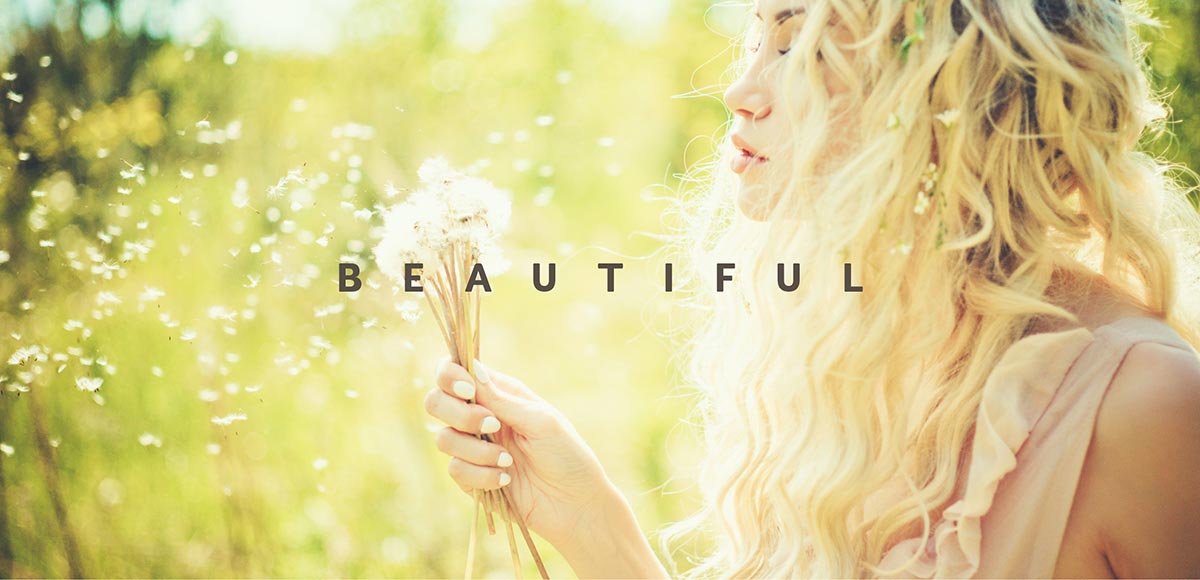The virtues of essential oils have been recorded for centuries, and aid in everything from relaxation to healing. The ancient practice dates back to biblical times, when oils were extracted from the roots, stalks, leaves and flowers of plants to cope with a variety of health issues. In the last decade essential oils have made a comeback, and are receiving a great deal of attention as a natural alternatives to harsh chemical treatments. With the popularity of essential oils on the rise, it’s important to understand how to apply them, and how to determine if they are high quality.
When the word "mustard" comes to mind, it generally evokes images of Coney dogs and German sausages drenched in various shades of yellow. But what about envisioning mustard as a part of hydrotherapy used in bathing? Using mustard as a form of relaxation and detoxification may seem far-fetched, but it’s a method dating back to the ancient Greeks and Romans. Mustard baths are also colored throughout England’s history and continue to rise in popularity.
As much as our kids might hate them, baths have been a source of health and happiness for most of human history. Egyptian royalty bathed with essential oils and flowers. The Romans built large communal facilities for bathing and socializing. The Greek physician Hippocrates prescribed spring water baths for sickness, a practice known as hydrotherapy.

